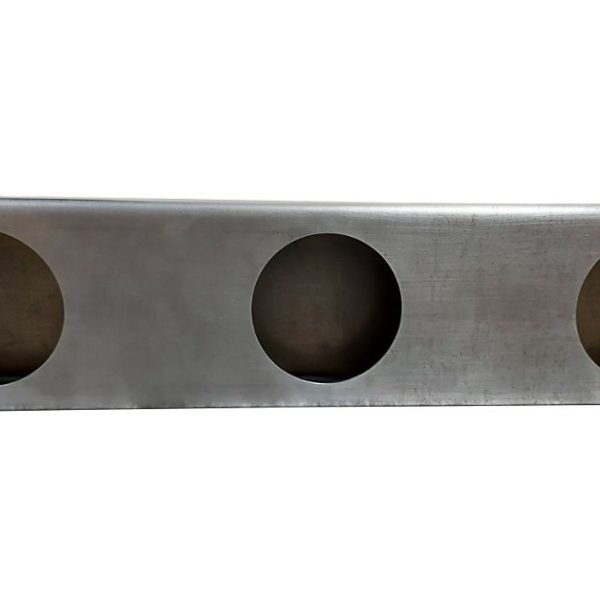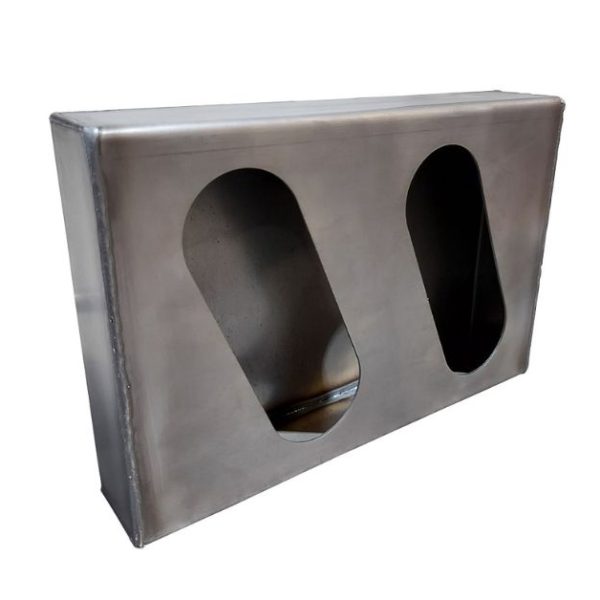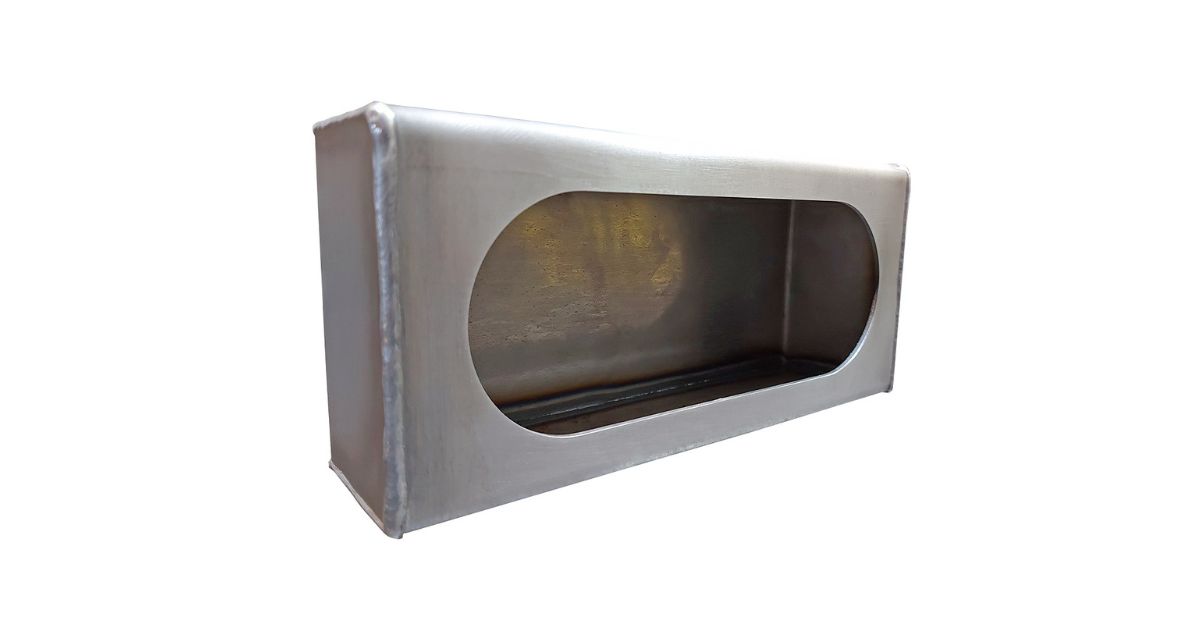Trailer light boxes play an important role in ensuring vehicles remain visible and compliant on America’s highways. Understanding Department of Transportation (DOT) safety standards for trailer light boxes can mean the difference between smooth operations and costly violations.
This comprehensive guide explores everything you need to know about DOT safety standards for trailer light boxes, from basic requirements to maintenance best practices. Mastering these regulations will help you maintain compliance while keeping roads safer for everyone.
What Are Trailer Light Boxes?
Trailer light boxes are protective enclosures designed to house and safeguard the essential lighting systems on a trailer. These systems include tail lights, brake lights, turn signals, and clearance markers. The primary function of a light box is to shield these delicate lights from physical damage caused by road debris, harsh weather conditions, and accidental impacts.
By keeping the lights secure and functional, these boxes play a vital role in maintaining the trailer’s visibility on the road. Manufacturers typically construct them from durable materials like steel or aluminum to withstand the rigors of transportation.
Understanding DOT Regulations
The Department of Transportation, through the Federal Motor Carrier Safety Administration (FMCSA), establishes and enforces a comprehensive set of rules known as the Federal Motor Carrier Safety Regulations (FMCSRs). These regulations ensure the safe operation of all commercial motor vehicles, including trailers.
The rules specify detailed requirements for vehicle parts and accessories, particularly lamps and reflective devices. The goal is to standardize safety equipment across the industry, making vehicle behavior more predictable and reducing the risk of accidents, especially in low-visibility conditions. Failure to comply can result in fines, vehicle downtime, and increased liability in the event of an accident.

Key DOT Safety Standards for Trailer Light Boxes
While the DOT doesn’t regulate the light boxes themselves directly, it sets stringent requirements for the lights they contain. These standards dictate the performance, placement, and visibility of all required lamps, which in turn influences the design and installation of the light boxes that house them.
Visibility and Placement Requirements
DOT regulations specify exactly where you must mount lights on a trailer to ensure maximum visibility from all angles. You must place tail lights, brake lights, and turn signals on the rear of the trailer, symmetrically and as far apart as practical. Regulations also dictate the height of these lights from the ground to ensure they are within the line of sight of other drivers. Manufacturers must create light boxes that accommodate these placement rules without obstructing the light output in any direction.
Color and Functionality Standards
The DOT mandates specific colors for different types of lights to convey clear, universally understood signals to other motorists. For example, tail lights must be red, while turn signals can be red or amber. The light boxes must not alter or obscure these colors. Additionally, regulations govern the brightness and performance of the lights. The box must not diminish the intensity of the light, ensuring that signals are clearly visible both day and night.
Durability and Protection
The structural integrity of the light and its housing is also a key concern. DOT standards require that you securely mount all safety equipment so it can withstand normal operating conditions. A well-constructed trailer light box contributes to this by protecting the lamps from vibration, moisture, and impact. This ensures the lights remain operational and firmly in place, fulfilling their safety function consistently. The materials and construction of the light box are crucial for providing this necessary protection and longevity.
Compliance and Enforcement
Ensuring your trailer’s light boxes and the lights within them comply with DOT standards is a continuous responsibility. Law enforcement officers and DOT inspectors conduct roadside inspections to check for adherence to these safety regulations. During an inspection, an officer will verify that all required lights are present, properly mounted, and fully functional.
Any non-compliance, such as a burnt-out bulb, a cracked lens, or an improperly positioned light, can lead to citations and out-of-service orders until you correct the issue. For fleet operators and independent drivers, these violations can negatively impact their safety ratings and operational efficiency.
Choosing the Right Trailer Light Boxes for DOT Compliance
When selecting trailer light boxes, it’s essential to choose products designed with DOT regulations in mind. Look for boxes that feature robust materials like heavy-gauge steel or aluminum, which offer superior protection against damage. The design should allow for the correct mounting height and spacing of the lights as required by the FMCSA.
It’s also important to ensure the box design does not obstruct the light beam, maintaining the required angles of visibility. Selecting high-quality boxes from a reputable manufacturer can save you from costly fines and repairs down the road.

Best Practices for Maintaining DOT Compliant Light Boxes
Proper maintenance is crucial for ensuring ongoing compliance and safety. Regular inspections of your trailer’s lighting system should be a standard part of your pre-trip routine. Check that all lights are working correctly, including brake lights and turn signals.
Keep the light lenses and the boxes themselves clean from dirt and grime that can obscure the light output. Inspect the light boxes for any signs of damage, such as cracks or dents, and check that they are securely fastened to the trailer. Promptly replacing any burnt-out bulbs or damaged components is essential for maintaining safety and avoiding violations.
Ensuring Safety and Compliance With Star Fabrication
Meeting DOT safety standards is non-negotiable for anyone operating a trailer on public roads. Trailer light boxes are a critical component in this system, protecting the lights that communicate your actions to other drivers. By understanding the key DOT safety standards for trailer light boxes and choosing high-quality, compliant equipment, you can enhance the safety of your operations and avoid legal trouble. Regular maintenance and pre-trip inspections are the final pieces of the puzzle, ensuring your trailer remains safe and visible at all times.
If you are looking for reliable and durable light mounting solutions for your truck or trailer, Star Fabrication offers a variety of products designed to meet rigorous industry standards. Our selection of tail light boxes provides the protection and proper housing your lighting systems need to remain DOT compliant. Explore our solutions to find the right fit for your vehicle and drive with confidence, knowing your equipment is secure and safe.


No comments yet.